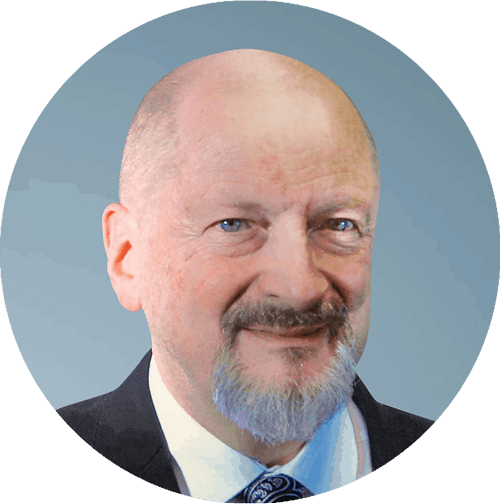Often I hear professionals from various technology and application domains and of different experience levels discussing Form and Function. Below I share my thoughts on the topic. What do you think?
Louis Sullivan’s Form follows Function was first used in 1896 in the context of buildings.[1] Sullivan was an American architect who has been called the “father of skyscrapers” and “father of modernism”. He was an influential architect of the Chicago School, and a mentor to Frank Lloyd Wright.
Sullivan’s thinking was that, If the shape of the building was not going to be chosen out of some old pattern book, something had to determine form, and according to Sullivan it was going to be the purpose of the building. Thus, “form ever follows function”, which became shortened to “form follows function” as contrasted with “form follows precedent”. [2]
That is not to say that Sullivan discounted beauty and other qualities as other influences in architecting – the evidence is quite to the contrary. For example, see the Sullivan Center in Chicago.[3]
Let us wind forward 125 years.
Form follows Function
translates to:
Form of the building is significantly influenced by the functions of the building
which may be generalized to:
Form of a system is significantly influenced by the functions of the system
and elaborated to become:
How the system is to be built is significantly influenced by the required functions of the system
or in contemporary engineering parlance:
Physical design is significantly influenced by functional requirements
or to make explicit the influence of non-functional requirements such as beauty:
Physical design is driven by functional and other requirements.
Do you agree with this logic? Do you have another angle? Please share your comments. I look forward to hearing your thoughts on this subject.
REFERENCES
[1] Sullivan, Louis H. (1896). The tall office building artistically considered. Getty Research Institute.
[2] https://en.wikipedia.org/wiki/Form_follows_function accessed 2 January, 2022.
[3] “Carson, Pirie, Scott and Company Building”. Chicago Landmarks. Archived from the original on June 13, 2008







